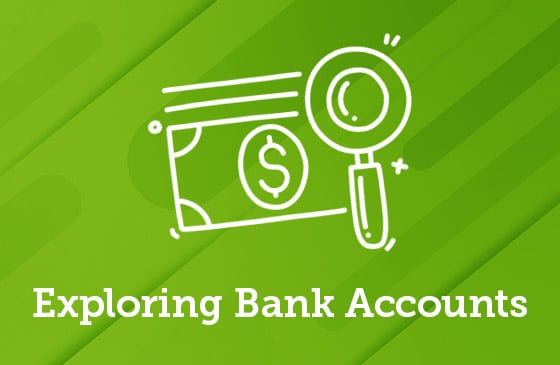Opening a bank account is an important step toward financial independence and responsible money management. It lets you securely store your money, learn about banking services, and develop essential financial skills. 
If you opened a bank account when you were a child, it’s likely a savings account, but there are multiple options as you get older. Here’s a quick overview:
Savings account
A savings account provides a safe place to deposit and grow your money while earning interest. With low or no balance requirements, savings accounts are an accessible way to learn the importance of saving money, how to set goals, and prepare for future expenses.
Checking account
A checking account offers a bit more flexibility for everyday transactions. It lets you deposit and withdraw money easily, write checks, and make electronic payments. Checking accounts often have the option of a debit card, which you can use to make in-person purchases without cash and access your money from ATMs. By managing a checking account, you’ll begin developing budgeting skills and understanding the basics of personal finance.
Joint account
A joint account is shared with a parent or guardian, which means the adult can easily help manage your finances or quickly transfer you money if needed. Joint accounts can be especially useful for shared savings goals or when a teenager is not of legal age to have an account solely in their name.
Before choosing an account, make sure to compare the various features, fees, and services. Don’t forget to compare accounts across financial institutions as well. It also doesn’t hurt to discuss your options with a parent or guardian who can provide guidance and support in making an informed decision. No matter which account is right for you, beginning a financial relationship is an important step, one that opens even more possibilities in the future.